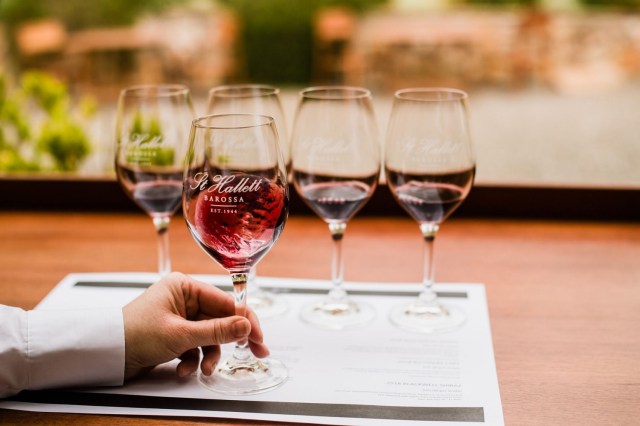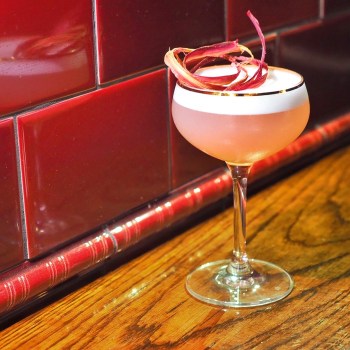When you think of a Barossa Shiraz, you tend to think of big, bold wines that require time and thought and that are not really something you play around with.
But we regularly see brewers and distillers challenging traditional thought convention, so why shouldn’t winemakers do the same? It’s something the winemaking team at St Hallett’s in the Barossa Valley thought as well, and that has seen them release Blockhead Shiraz Nouveau, a lighter, fresher style of Barossa Shiraz that lends its to experimentation.
St Hallett’s Senior Winemaker, Helen McCarthy told Bars and Clubs why the team wanted to create something a bit different.
“At St Hallett we are always looking for ways to show the incredible versatility of Barossa Shiraz. We were given a challenge of finding a style of Shiraz which lent itself to being versatile; a wine that could be enjoyed in summer or winter. We feel that we have achieved this with the Blockhead Shiraz Nouveau,” Helen said.
“The original Blockhead Shiraz is St Hallett’s more traditional Shiraz and is different to the Blockhead Shiraz Nouveau. The Blockhead Shiraz Nouveau engages some cold soaking and Pinot Noir fermentation techniques, and unlike the traditional style, it does not have oak influence or a maturation period.”
Creating a lighter style of wine in an area known for big wines, obviously presents challenges, but Helen explained how she and the team managed those.
“To create lighter style wines, you need to know your vineyards well,” she said. “The fruit needs to be tannin ripe, at a lower baume, than many of the clones in the Barossa will achieve.
“St Hallett’s Blockhead Shiraz Nouveau vineyard is closely managed by our winemakers and viticulturalists to achieve a lighter, fresher style wine. The fruit still reflects the traditional fruit characters of the Barossa, as we don’t use any oak in this wine, the fruit profiles are pure Barossa.
“We see Shiraz Nouveau as a pure expression of Barossa Shiraz, showcasing primary fruit characters. We have engaged some non-Barossa Shiraz winemaking techniques in the crafting of this wine; however, these have been used to really accentuate the primary fruit characters and texture of the wine, true to the Barossa region.”
So what does this Barossa curveball mean about how the wine is used in bars?
“We think it is great opportunity to educate consumers that they should test the boundaries with wine and not just accept the status quo. Regarding the style, think Rosé – with more colour and body. This wine has been made to be put in the fridge, we have stabilised the colour and of course acid so that it can be enjoyed chilled and all year round,” Helen said.
“All wine producers need to be reasonably open to new ideas and respond to consumer trends, and St Hallett is no different. The winery has such as rich heritage in South Australia, and this is undoubtedly where the ‘Masters of Barossa Shiraz’ title is born from. While grape growing and winemaking is still largely dependent on long lead times (planting vines) and Mother Nature, we do enjoy the challenge of finding new ways to modify how we make wine and embrace new innovations to help us to continue to craft styles of wine that our consumers are seeking out.
And what is Helen most proud of with this wine?
“I’m most proud of our team, being able to push ourselves outside of the traditional Barossa Shiraz box and come up with a wine that challenges people’s perception of Barossa Shiraz. I’m also pretty happy that I have a wine in the fridge that lends itself well to cocktails.”



